
Eco-Conscious Fabric Protection Methods: Make Textiles Last, Love the Planet
Welcome to our home for Eco-Conscious Fabric Protection Methods—practical, planet-kind strategies that keep your clothes, linens, and gear strong, beautiful, and in use for longer. Dive in, learn, and share your voice so we can protect fabrics without harming what we love outdoors.
From quick fixes to long-term stewardship
Every stain removed gently, every seam reinforced thoughtfully, and every low-impact wash cycle completed adds months or years to a garment’s life. That longevity slashes replacement demand, lowers emissions, and turns daily care into an act of sustainability you can feel proud about.
Know your fibers, choose kinder methods
Protein fibers like wool and silk prefer cool water and pH‑balanced care, while cotton tolerates stronger agitation. Synthetics resist many stains but shed microfibers when over-washed. Matching methods to material prevents damage, improves results, and avoids unnecessary chemicals.
Non-Toxic Stain Defense and Rescue
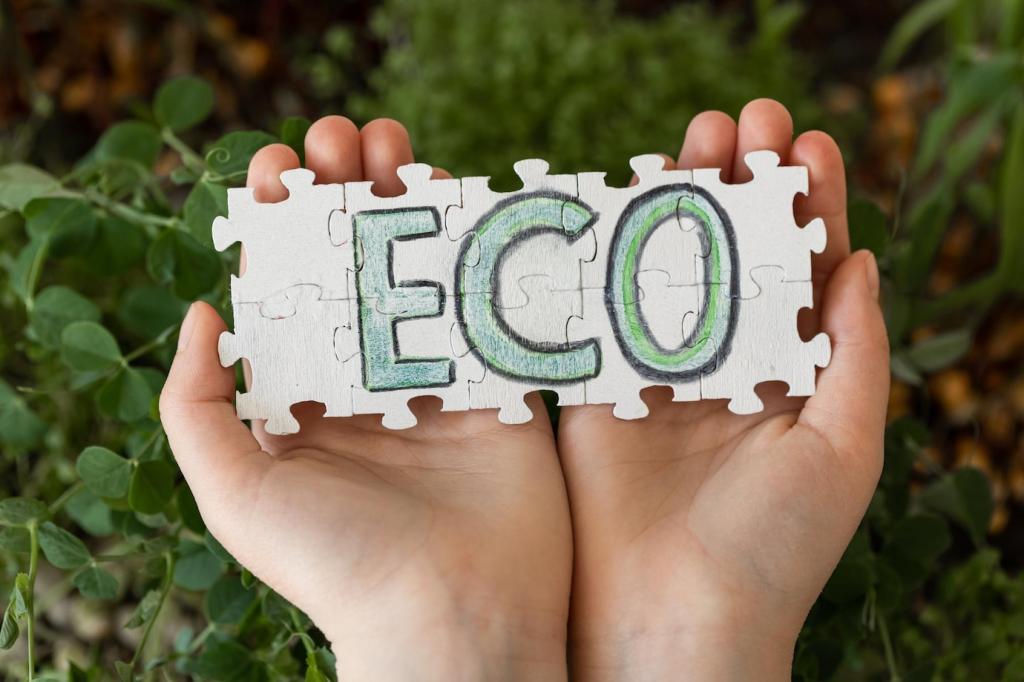
Immediate response protocol
Blot, never rub; cold water first; keep heat away until the stain is gone. Lift oils with a dab of plant-based dish soap. Work from the outside inward. Test in a hidden spot and breathe—calm, methodical steps save both fibers and finish.

Pantry-powered pre-treatments
Baking soda lifts odors and gentle acidity from white vinegar brightens without harshness. Club soda can loosen fresh spills. Salt helps draw pigment before it sets. On wool or silk, dilute carefully and prioritize blotting to avoid texture changes or dye movement.

Enzyme and oxygen boosters done right
Choose enzyme cleaners certified biodegradable and free of optical brighteners. Let them work at lukewarm temperatures, then rinse thoroughly. Oxygen-based powders lift tannins and food stains without chlorine, protecting fabric strength. Always patch test, and share your go-to formulas in the comments.


PFC-Free Water Repellency and Weatherproofing
Look for PFC-free labels, and certifications like bluesign or OEKO-TEX MADE IN GREEN indicating responsible chemistry and supply chains. These finishes repel water while avoiding persistent fluorinated compounds linked to long-term environmental and health concerns.
PFC-Free Water Repellency and Weatherproofing
Warm a small bar of beeswax or soy-based wax, rub thinly onto densely woven cotton, then heat gently with a hairdryer to distribute. Expect a matte, heritage look with durable protection. Avoid over-waxing stretch panels or technical membranes to preserve breathability.
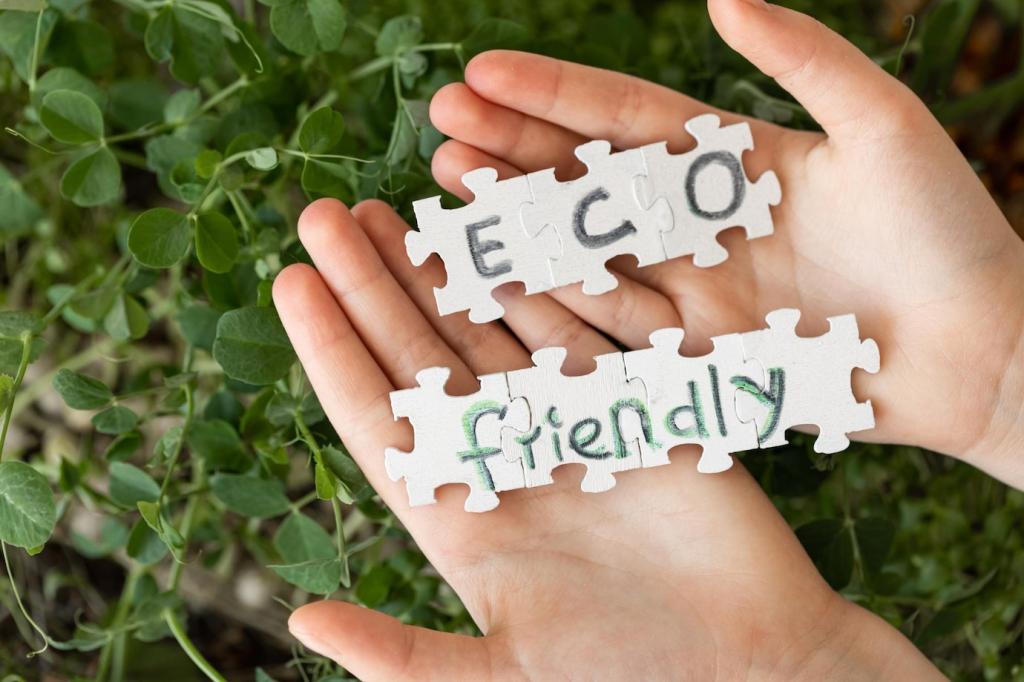

Smart Washing to Reduce Shedding and Wear
Wash cooler, choose liquid detergent, and run full loads to reduce friction and fiber breakage. Skip heavy fabric softeners that coat fibers. Turn garments inside out to protect surfaces and prints. Air-dry when possible to minimize heat stress and extend elasticity.
Smart Washing to Reduce Shedding and Wear
Use a microfiber-catching laundry bag or an external filter on your machine. These simple additions significantly cut microplastic release from synthetics. Clean traps responsibly, disposing lint in the trash rather than down the drain. Tell us which tools worked best for you.
Moth, Mold, and Mildew: Safe Storage Strategies
Cedar, lavender, and rosemary sachets can discourage moths when paired with cleanliness and sealed containers. Freeze suspected items in airtight bags for forty-eight hours to stop larvae. Skip mothballs; their fumes are toxic and cling to fibers long after storage ends.
Moth, Mold, and Mildew: Safe Storage Strategies
Keep relative humidity around fifty percent and avoid basements or attics prone to swings. Use breathable cotton garment bags, not plastic, to prevent trapped moisture. Add silica gel packs you can recharge in the sun. Air pieces seasonally to reset freshness.

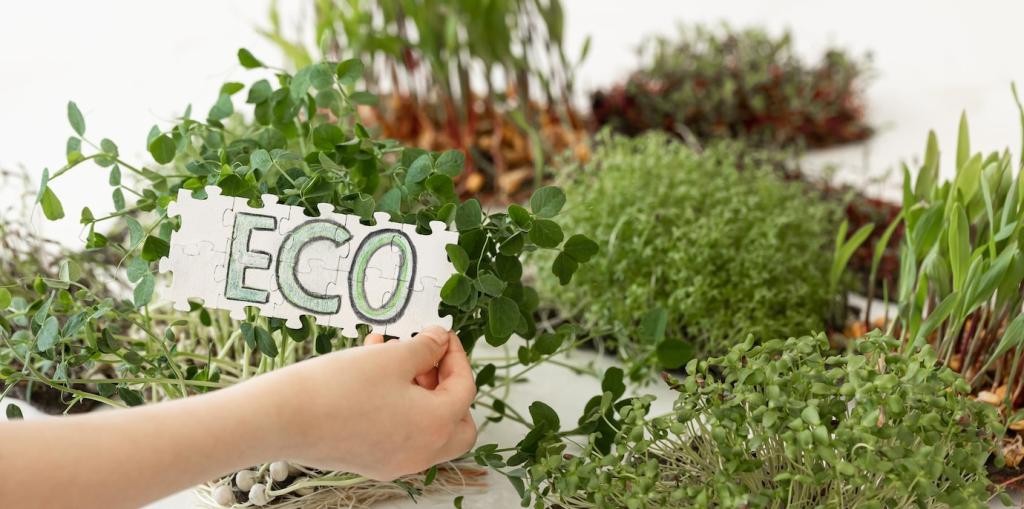
Sun, Abrasion, and Everyday Protection
Alternate shoes, outerwear, and knits to let fibers rebound between wears. This rest reduces bagging in elbows and knees and limits sweat buildup. Build small capsule rotations for heavy-use items and notice how durability and comfort both improve.
Sun, Abrasion, and Everyday Protection
Use undershirts to absorb sweat and oils, and apply soft patches to high-wear zones like backpacks’ shoulder contact points. A light scarf reduces collar abrasion on jackets. Small barriers prevent big repairs and keep finishing treatments effective for longer.
Sun, Abrasion, and Everyday Protection
Dry garments in shade, not direct sun, and store away from windows. Add a mineral-based, fabric-safe UV spray if needed, patch-testing first. Wash darks inside out and cool. Your colors and fibers will reward you with longer-lasting depth and strength.
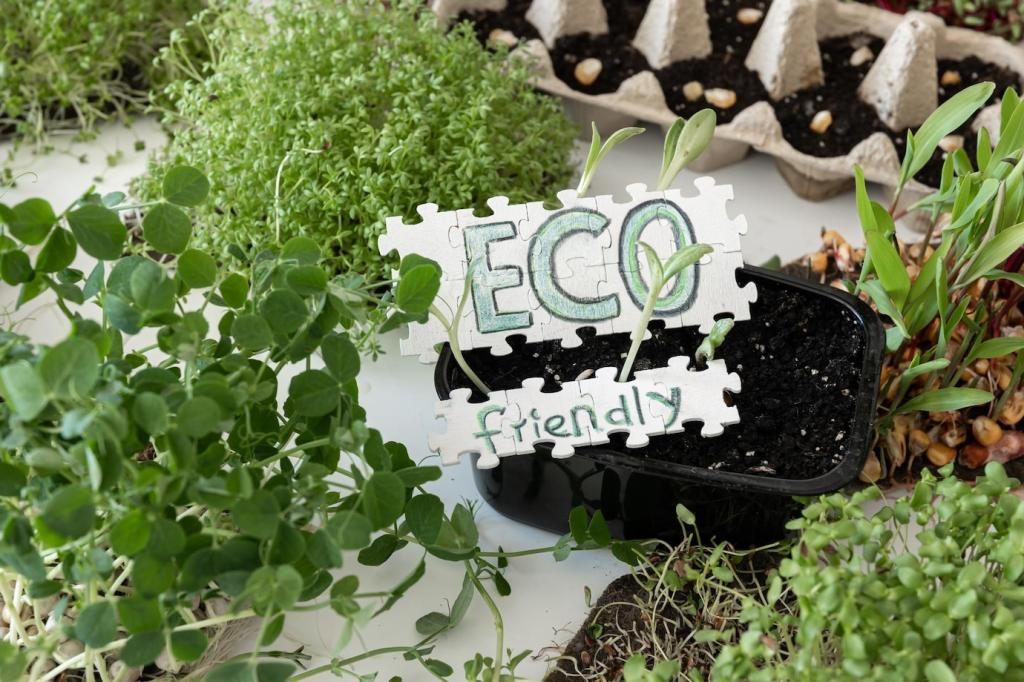
Preventative mending, visible or invisible
Darn thin spots before holes appear, backstitch seams where stress shows, and use fusible patches as gentle stabilizers. Visible mending celebrates longevity, while invisible mending preserves original looks. Either way, protection grows stronger with each stitch you add.
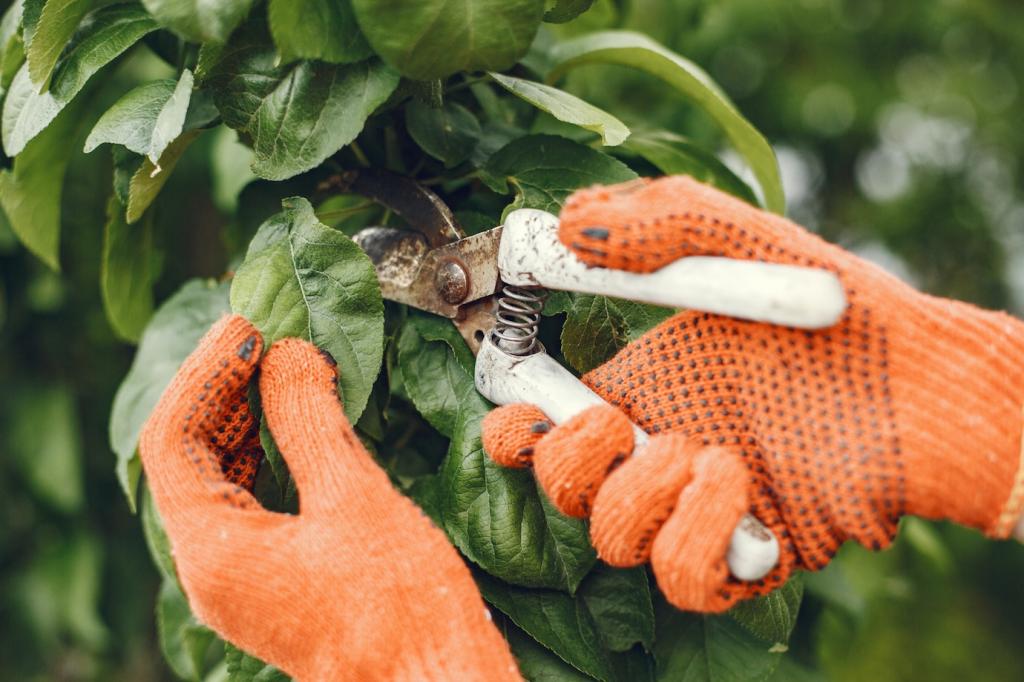
Seam sealing and edge finishing without harsh chemicals
For rainwear, choose PFC-free seam sealers compatible with your fabric. Heat-activate carefully with a low iron and pressing cloth. On fraying edges, a zigzag stitch or bias binding works wonders. Share your favorite eco-minded products to help others succeed.

Community learning and support
Repair cafés, maker spaces, and online skill swaps build confidence fast. Bring a piece you love and learn a new technique. Subscribe for upcoming tutorials, printable guides, and live Q&As so your repairs become reliable, beautiful, and truly long-lasting.
Choosing Products and Certifications Wisely
Favor products with bluesign, Cradle to Cradle, or OEKO-TEX certifications, and avoid vague terms like “green” or “eco” without proof. Transparent ingredient lists, refill options, and clear usage instructions usually signal safer chemistry and better performance.

